Everyday life at the Bank of England has changed dramatically since it was established in 1694. Technological advances have changed the way people work. These objects from our social history collections give you a behind the scenes glimpse at the how the practicalities of working life have changed over the past 325 years.
The early years
The Bank of England opened in 1694 with just 19 members of staff. It grew steadily and, by 1720, there were nearly 100 members of staff.
This sketch from 1722 shows Benjamin Parker, one of the Bank’s first clerks. Clerks were the most junior office staff. They were paid £50 per year or just over 19 shillings per week.
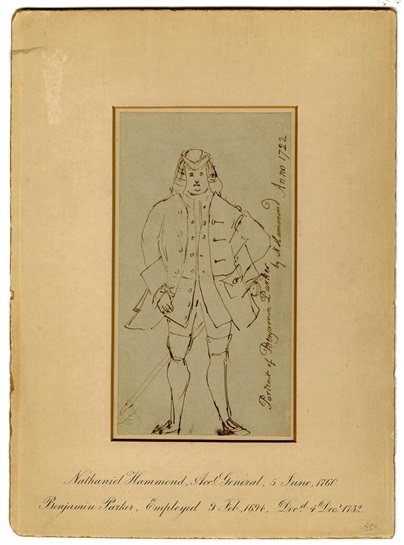
Hard working clerks
The first Bank of England notes were entirely handwritten. But the Bank began printing the denomination on its banknotes in the 1720s. This made it faster to meet public demand for banknotes but Bank clerks still had to fill in most other details by hand.
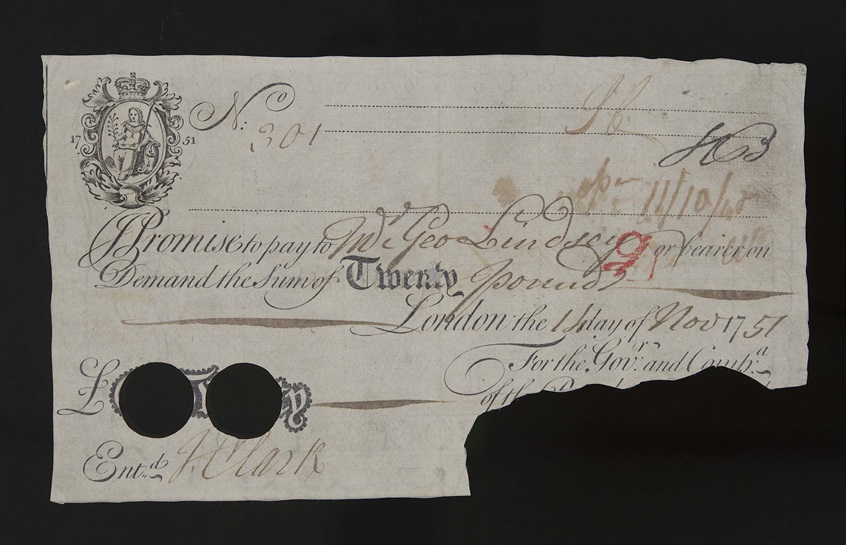
Issuing banknotes
Bank of England notes were issued and exchanged by clerks in the Pay Hall. This print shows customers and clerks in the Hall in 1808.
The following year, the Bank of England introduced a new machine for printing numbers and dates on banknotes. This made the clerks’ work much easier.
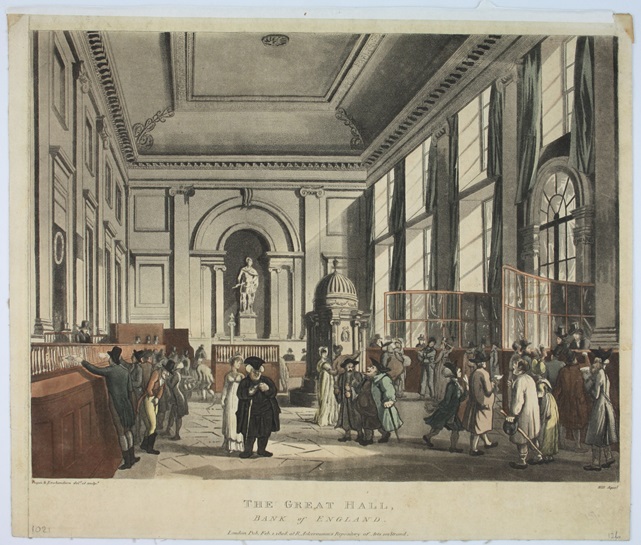
Buying and selling
In another big hall, hundreds of professional stock brokers came to buy and sell Bank of England stock and other commodities each day.
They needed a pass to get into the Bank building. This pass from 1770 belonged to John Cartwright Morris.
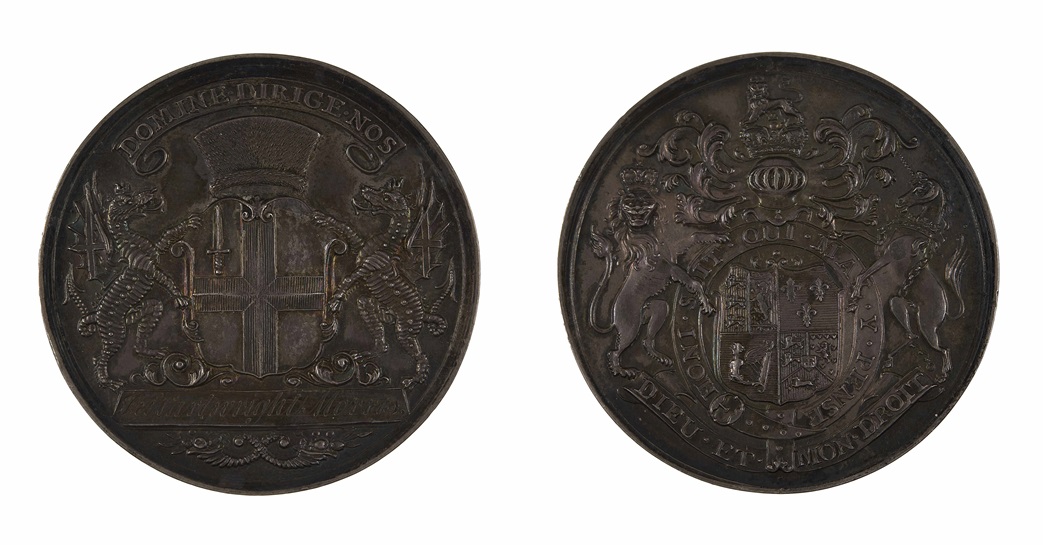
Security
By the late 1820s, the Bank of England employed nearly 900 people at Threadneedle Street. With so many people on site, security became increasingly important.
Keys like this one, which dates from around 1845, were used to keep confidential papers away from prying eyes.
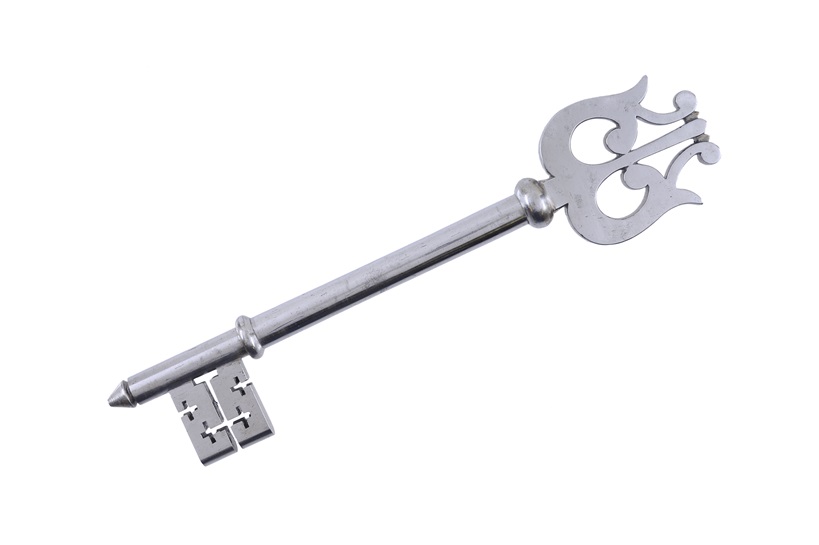
New technology
New technologies began to make life easier for Bank of England staff.
Convenient steel pens replaced goose quills after 1831. This made issuing banknotes much easier, until they became fully printed in 1853.
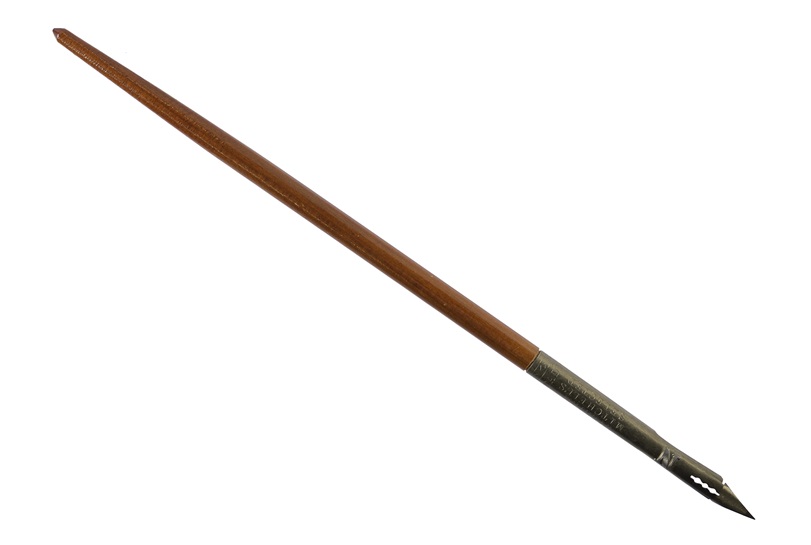
Staff societies
Outside the office, a lively variety of sports teams and societies created a sense of community among Bank of England staff.
This silver tray was given to a member of the Staff Library and Literary Association as a retirement gift in 1879.
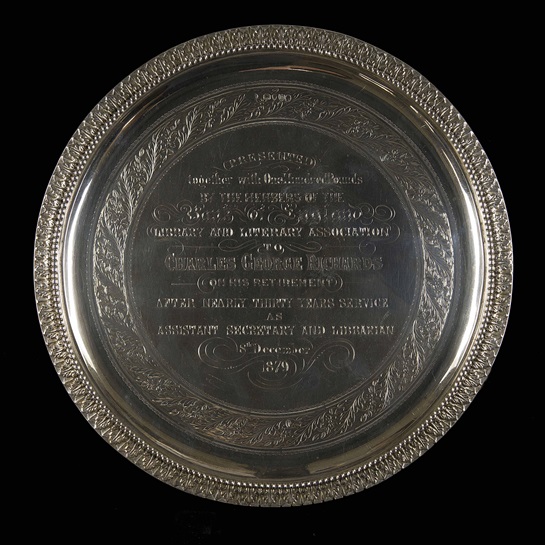
The Old Lady
The Old Lady was a staff magazine published between 1921 and 2007.
It included articles, book reviews, drawings and letters. It also contained news of other staff societies, dramatic productions and concerts and reports from the staff sports teams. This printing block is for a 1926 poster advertising the magazine.
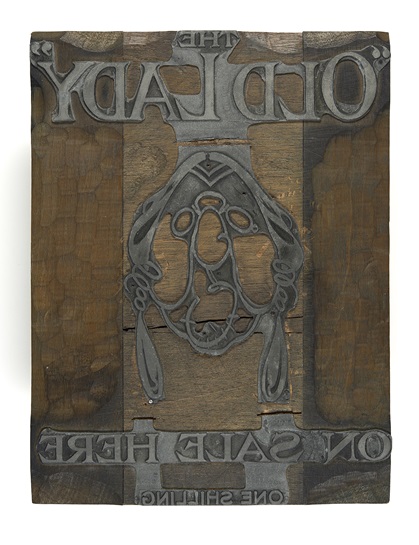
Complex calculations
Before the invention of electronic calculators in the 1970s, mechanical calculators helped clerks carry out complex calculations.
This example was used in the Bank of England between the 1920s and 1965.
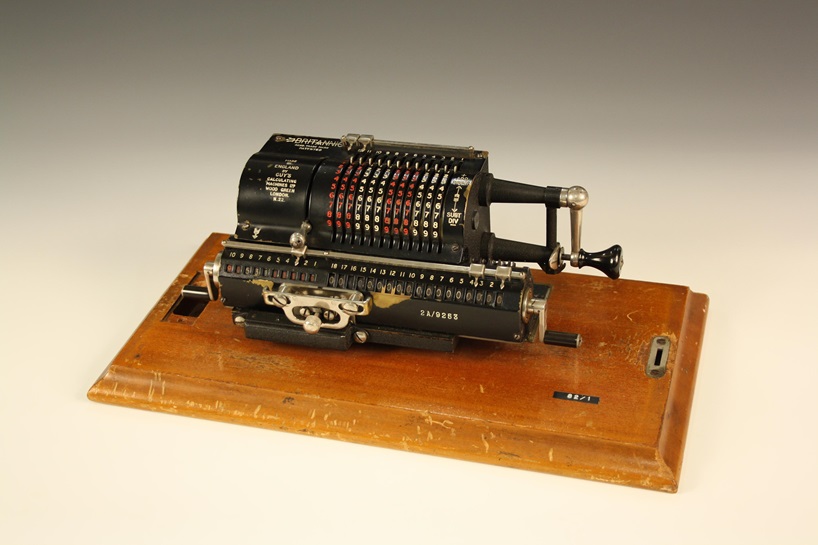
Sorting banknotes
The Bank of England employed hundreds of banknote sorters at the Printing Works in Debden, Threadneedle Street and branches around the country.
This manual dexterity test was used for recruiting banknote sorters in the early 1980s. Electronic systems for counting banknotes were introduced later that decade.
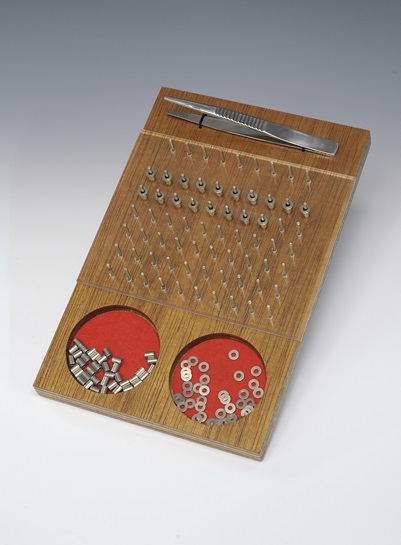
A new millennium
The Bank of England is constantly evolving to respond to potential threats.
This jumper was worn by staff in the millennium bug incident room. In December 1999, staff prepared for computer errors when calendars switched from 1999 to 2000.

